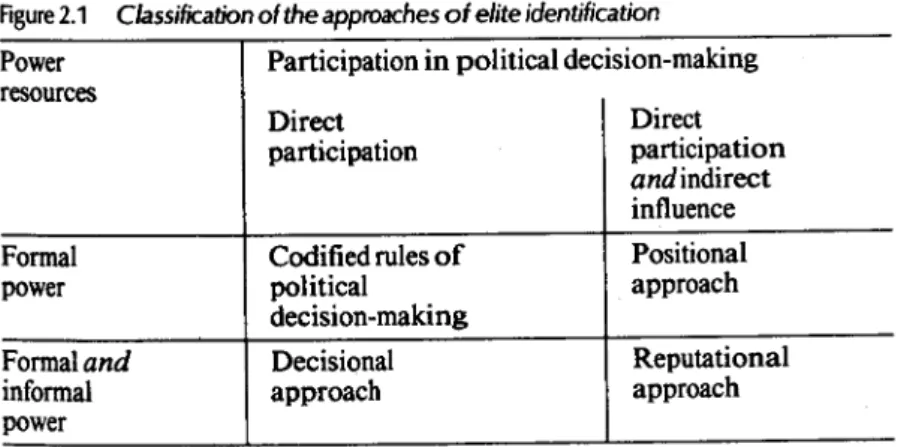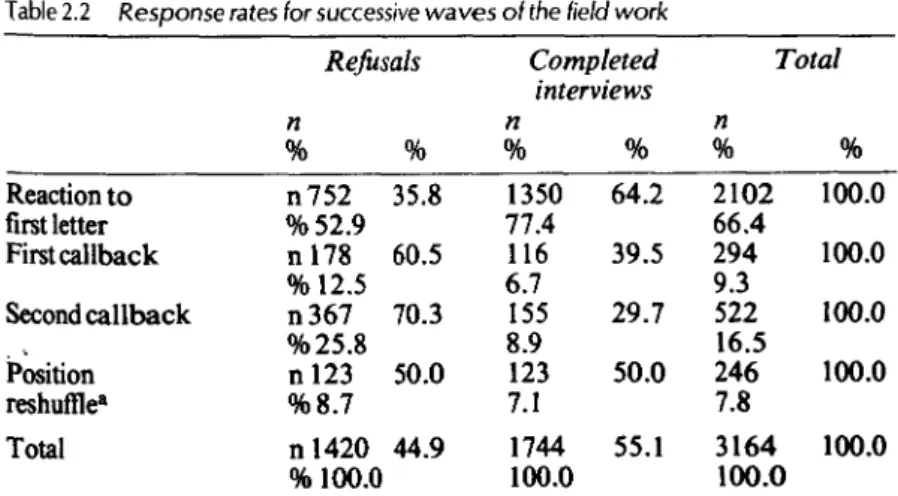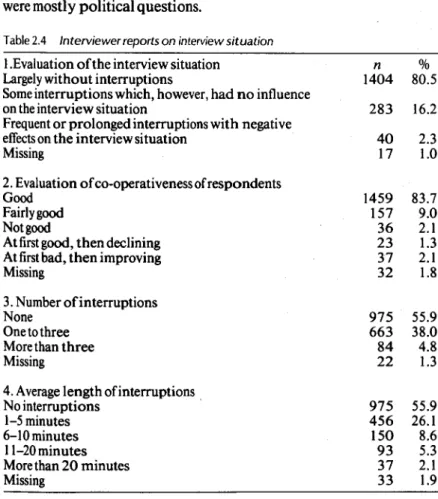Republic of Cermany elites the 2
Volltext
Abbildung



ÄHNLICHE DOKUMENTE
reflexology; Western therapeutic massage. PART 1: Participants are asked of their uses of a list of 18 CAM therapies and any other forms of CAM they have used in the last
A s a result, while the rapid growth of demand for persons to occupy the upper tiers of the various social hierarchies may have led to increased recruitment of older
Using this new measure to predict inflation, I also show that an increase in the precision of political elites’ statements lowers inflation, even when talk is cheap.. Furthermore,
During over 50 years of development, the history of regional economy was interspersed with a relatively high number of approaches, theories and models which focused their
The command in the following example uses the question mark (?) and asterisk (>Ie) pathname wildcards to display attribute information for all files in the
The scale of the result is the larger of the scale of the expression or the value of The result is the total number of significant decimal digits in the
Vietnam ' s borders and to authorize !thot pursuit U and South Viet- namese ground operations over the Laotian line for the purpose of border· control. More
Despite the challenges faced since the early 1980s, Costa Rica still has a larger share of formal employment and better universal public social services than many other